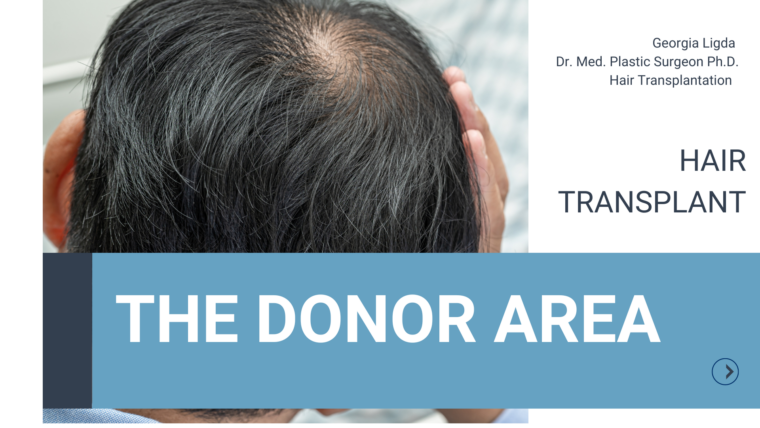When Should I Have a Hair Transplant?
If you are wondering what time to get a hair transplant, the answer is simple: whenever you feel ready! Once you have made the decision and you have chosen the experienced scientist to restore your hair loss problem then the time moment you have a hair transplant is not really an issue.
Hair transplantation is one of the safest surgeries and is not affected by seasonality. The only thing that matters is that the surgeon you choose has a deep knowledge of the subject and uses such a methodology and technique that ensures the best results with a speedy recovery and minimal chances of complications.
What Should I Watch Out For If I Have A Hair Transplant In The Summer
Regardless the time moment you choose to have a hair transplant, the postoperative instructions you will receive from your surgeon are such to properly take care of the transplanted hairs and obtain the best possible result long term.
Particularly in case you have a hair transplant in the summer time, you should completely avoid sun exposure and swimming in the sea or the pool for about two weeks post operatively. In 10 days you can swim in the sea without doing sea sports yet and in 20 days you can swim in the pool. It is important to avoid sunbathing and protect your head from extreme long sun exposure by wearing a loose hat.
3 Reasons to Have a Hair Transplant in the Summer
1. More Spare Time
Given the busy schedule that most people have throughout the year, summer time is the usual period someone has free time for themselves. Summer time is possibly the ideal time to plan a hair transplant without stress or worries about professional obligations. Instead it is an opportunity to get some rest and enjoy some vacation after the operation being at the same time consistent with the post operative instructions.
2. Faster Recovery
Physical rest and absence of daily stress combined with a more healthy diet and adequate hydration lead to faster healing of the operated scalp.
3. Fast Hair Growth
Due to the summer time heat the blood flow to the scalp increases, resulting to faster healing of the skin and possible faster growth of the new transplanted hairs.



